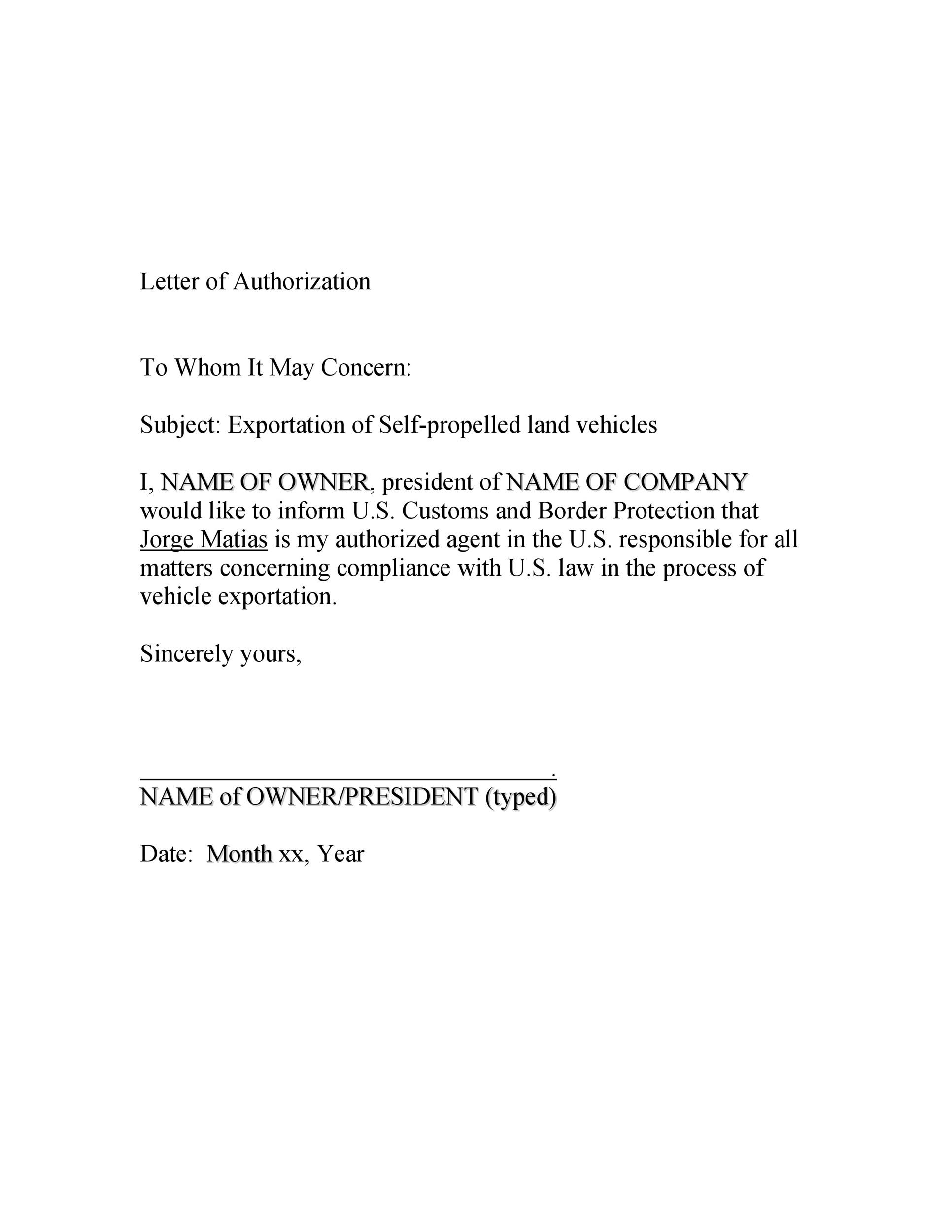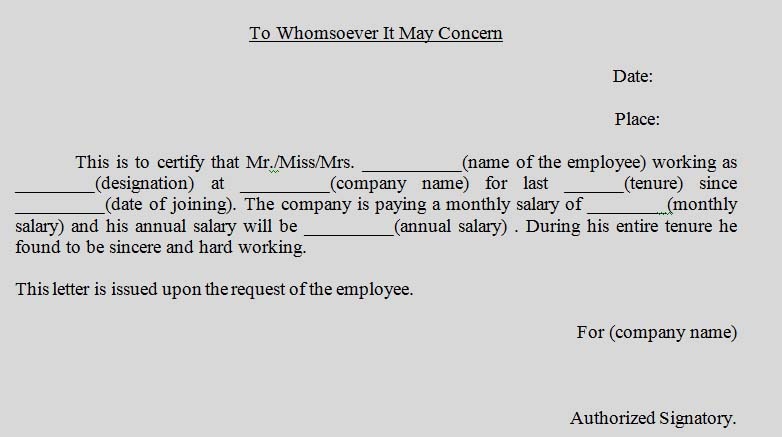

Search for the recruiter or hiring manager for that department by seeing if the company has a professional page on the networking website.

Look for the manager of the department you’re applying to or the head of the human resources department. Try looking for the ‘Staff’ or ‘Meet the Team’ section on the company website. Sometimes employers include the name of the recruiter or hiring manager responsible for reviewing applications within their posting. If you’re sending an email as part of a job application process, be sure to carefully review the job posting for a contact name. Before using "To Whom It May Concern," you should consider taking these actions: Check the job posting This is especially true when writing an email or cover letter in hopes of employment. You should consider researching for a point of contact before using "To Whom It May Concern." Using this salutation when the name of the contact is easily discoverable could leave a negative impression on the recipient as it might convey that you did not take the time and effort. "To Whom It May Concern" Alternatives "Greetings," "Hello," "Hi there," "Dear ," "Dear ," "Dear ," or "Dear " Steps to take before using "To Whom It May Concern" Starting with “Dear Sir or Madam” could be seen as a lack of understanding of diversity in today’s workplace.

You may not know whether a person prefers to be addressed as she/her or them/they pronouns. It shows you understand present-day society and recognize diversityįorget the pitfall of thinking in terms of being “politically correct.” It is a respectful courtesy to address someone in the manner they prefer. To find the right person, job title or department would take diligent research online or by phone coupled with patience. There are times when sending a cover letter or other correspondence related to applying for a job, you may not know the name of the addressee. It shows your diligence and determination Greeting a person by name or title shows that you recognize their humanity and/or their profession. The first question should be, “In formal correspondence, what is the appropriate greeting to use?” Greeting a person by name and/or job title indicates several qualities of the sender: It shows your respect When do you use “To Whom It May Concern?” Perhaps we are looking at the last question to ask. When to use the phrase “To Whom It may Concern” In those circumstances, it may be better to use the phrase, “To Whom It May Concern” or an alternative.

Addressing your message to the wrong person could create confusion or look unprofessional. However, you should only include someone’s name if you’re certain they’ll be the one receiving your email or letter. As a result, this greeting has come to be viewed as outdated and old-fashioned. Today, it’s much easier to find the names of HR managers, department heads and other decision-makers you may be attempting to reach. This greeting was developed when it was more difficult to identify people’s job roles by researching companies, online public directories or professional organizations. For example, if you’re writing a cover letter as part of a job application and it’s not clear from the job posting who will be reviewing your application, you may choose to start your letter with “To Whom It May Concern.” Traditionally, the phrase “To Whom It May Concern” is used in business correspondences when you don’t know the recipient’s name or you’re not writing to a specific person. Why people greet with “To Whom It May Concern” To help you compose a professional correspondence, consider the following background information on this greeting, tips for when to use it and alternatives you can choose instead. One of the most common professional salutations is, “To Whom It May Concern.” But with so many alternatives, it can be challenging to determine when it’s appropriate to use this greeting and when you should use a recipient’s name, title or something else. Whether you’re writing an email or preparing a physical letter, it’s important to begin every business correspondence with an appropriate greeting.


 0 kommentar(er)
0 kommentar(er)
